Harvesting your garden is the most fun part! Here in Edmonton, harvest season is nearing its end, but in other places, it continues. I wanted to chat with you guys today about how you can make the most of your harvest, keep your veggies good as long as possible, and what you can still have in the garden this time of year.
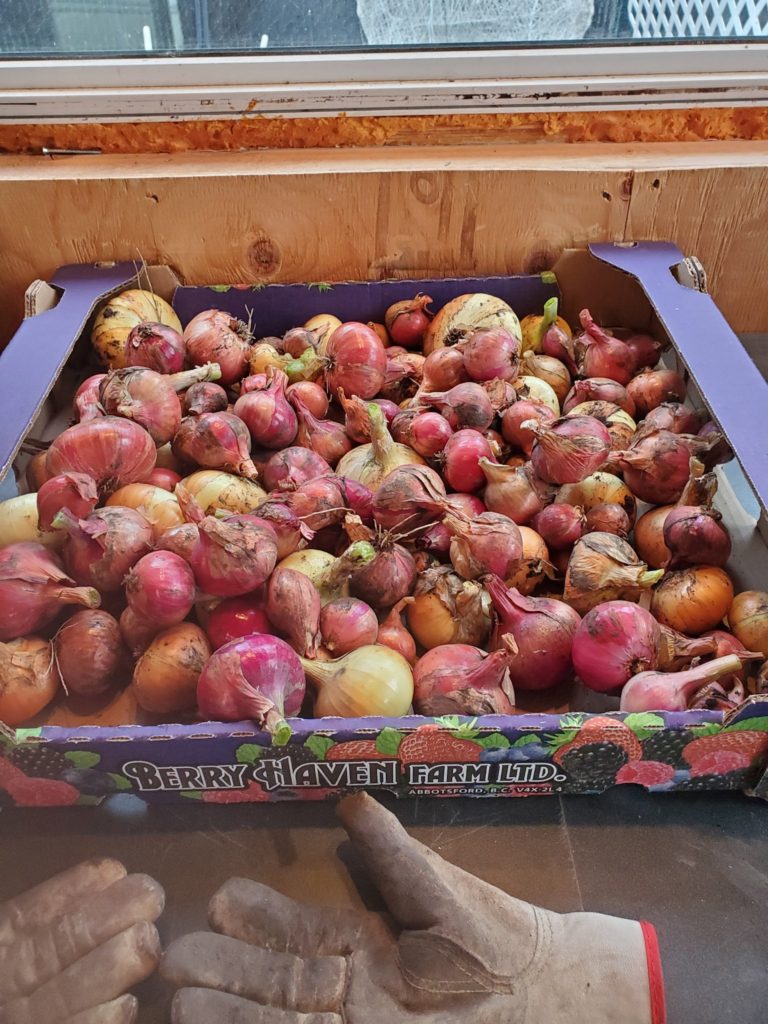
Tomatoes are at the end of their growing cycle at this point in the year, unless you’re in a place where it is consistently over 15 degrees Celsius at night still. Otherwise, it is time to cut all of your fruit off, even if it appears immature, and put it in a warm, sunny window. They’ll ripen, I promise. I have a couple of posts coming up about how to use your eight million tomatoes when they all ripen at once. (They always do for me… so we have some tried and true methods.)
Bring your herbs inside as a house plant, or cut them off and put them in jars to stay good inside for a while, or in reusable bags/ beeswax wrap, for using in recipes. Keep your eyes out for an upcoming post about how to make your herbs last all winter.
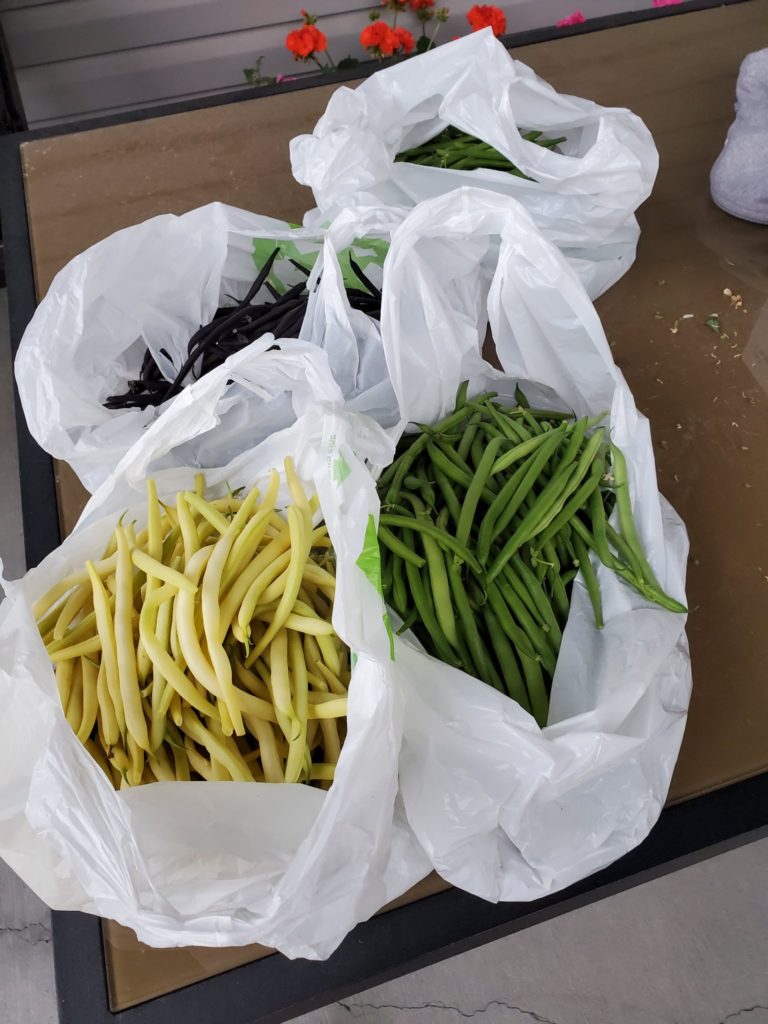
Potatoes are ready to be taken from the garden if you’ve got some, as well as onions, garlic and squashes like acorn squash, spaghetti squash and pumpkins. You’ll want to harvest these when it’s dry out if possible, so that there’s no moisture on them. Brush all of the dirt off and keep them in a dry, cool place, single layer, on cardboard. It’s preferable for longevity to ensure you’re not putting them on concrete as it can be quite damp. Then I check them and turn them every week or so, so that no moisture can gather and any that may start going bad are kept from the good ones. Don’t worry if your squashes aren’t fully ripened- put them by a window and they’ll ripen just fine.
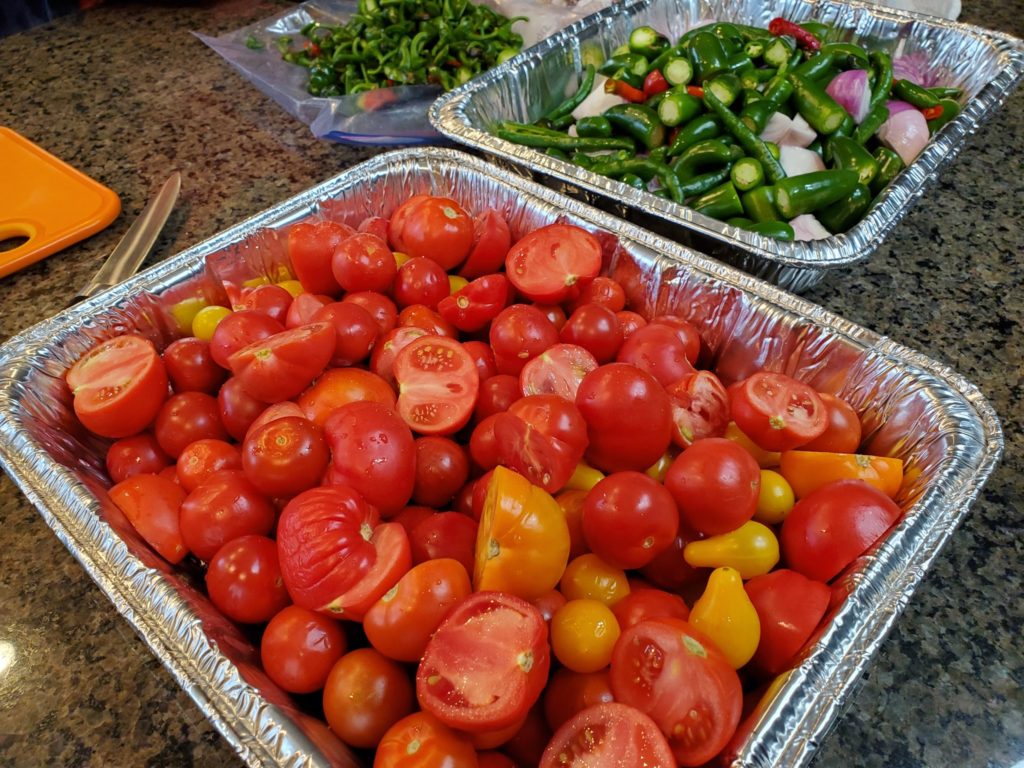
Carrots and beets can also be harvested now- and really should be if you live in an area prone to voles (burrowing mice). They will eat these plants and destroy an entire crop if they find them, and they’re hungry this time of year and can ruin a summer’s work remarkably fast. Make sure you save your beet greens, they have a lot of nutrition and can be sautéed and frozen for adding to soups, stews, curries and even smoothies! Carrots and beets can be immediately processed- pickled or frozen. They’ll stay okay in the fridge if you keep them dry as well. It’s important to get all of the dirt scrubbed off of your carrots, though, as it can cause them to go prematurely soft.
All greens can come out now- all kales, swiss chard, collards, cabbages. The kale and swiss chard will keep for a couple of weeks in the fridge if you keep the humidity away from them, or longer if you keep them in mason jars on your counter and keep the water fresh. Ultimately, if you have more than you can use in a couple weeks, you have to process them by blanching them or sautéing them and freezing them to add to future dishes or smoothies. Save your swiss chard stems, you can slice them and use them in soups and stews just like celery. Cabbages stay good in cold storage for quite some time.
Peas and beans may be trying to produce, but they will kick out mealy subpar product, so you can tear out those plants as well. Any squashes like patti-pans or zucchinis, eggplant etc should be pulled out before the plants start to mold and decompose, because that is not a fun experience. It will mold everything and turn it all to sludge. Pumpkins should be cut off the vine and cold stored off of concrete until you cook with them or carve them.
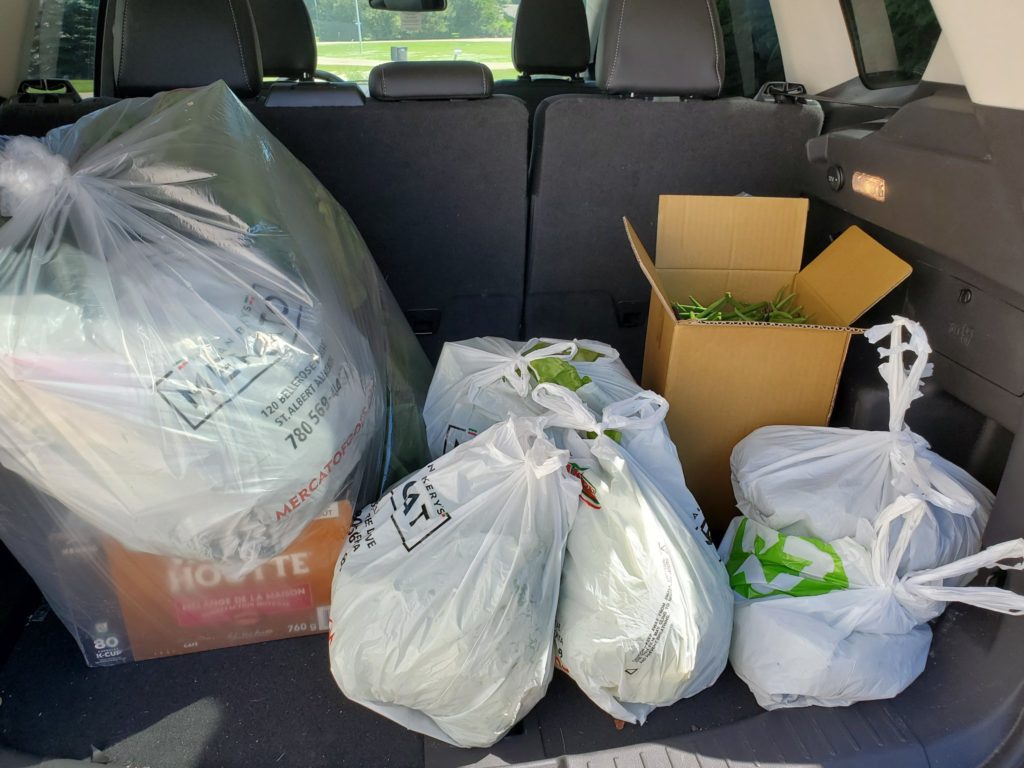
Remember to think of your communities if you end up with too much of something! We love taking our extras to Operation Friendship for Seniors and #hbhouse has a super exciting partnership coming up with them. Food banks, soup kitchens and other community orgs will also accept food donations. Never throw fruit or veggies from your garden away!

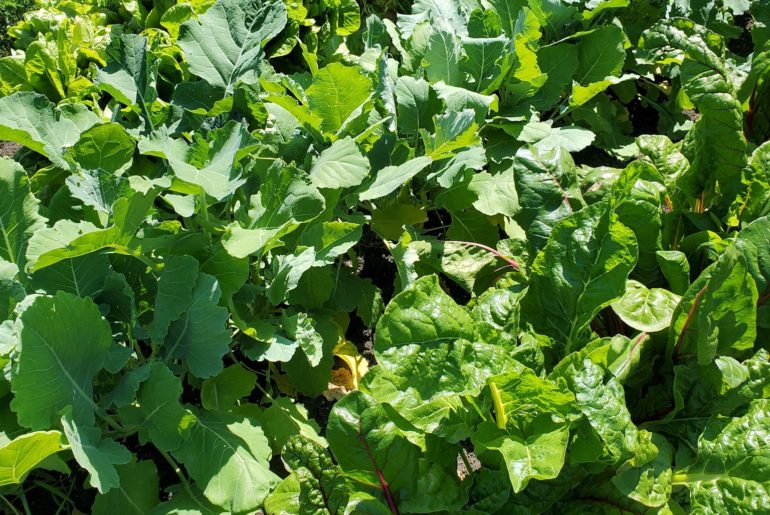
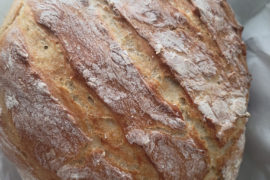


Comments are closed.